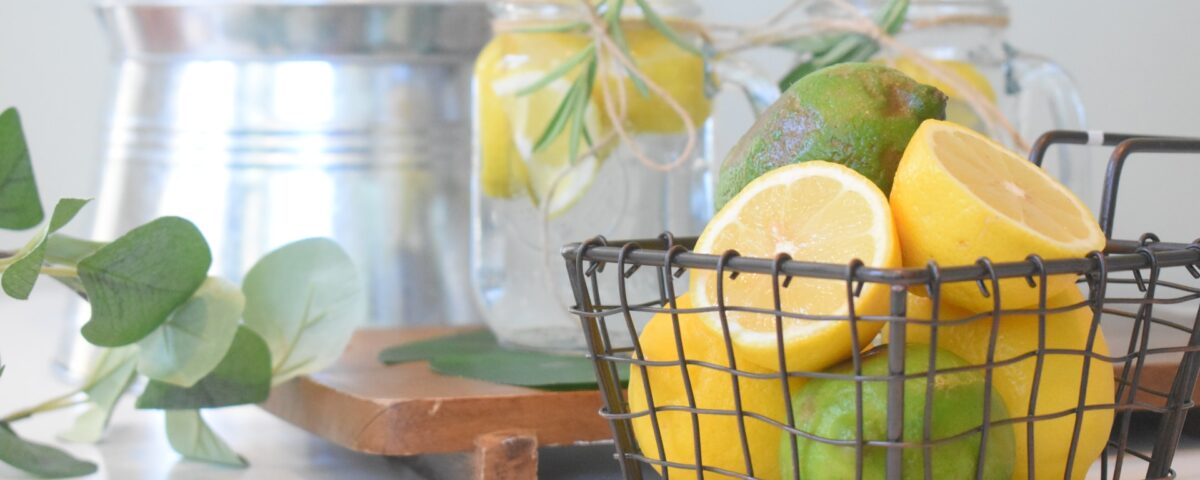- Need Professional Help?
- info@todoenrascarasca.com
Citrus Splendor: Growing and Caring for Your Own Citrus Trees

Unlock the Secret to Luscious Locks: Top Products for Hair Growth
April 25, 2023
Unwind and Recharge: Business Trip Massages in South Korea
May 4, 2023Citrus Splendor: Growing and Caring for Your Own Citrus Trees

A Burst of Citrus in Your Backyard
Have you ever envied those who can simply pluck a fresh lemon or orange from their own backyard? Growing your own citrus trees is not only a rewarding hobby but also a sustainable way to enjoy these tangy fruits. With proper care, these trees can thrive in various climates and bring a burst of color and flavor to your home. Let’s explore how to successfully grow and maintain your very own citrus trees.
Selecting the Perfect Citrus Tree
The first step in your citrus journey is choosing the right tree for your climate and preferences. Some popular citrus trees include lemon, orange, lime, and grapefruit varieties. If you live in a colder region, opt for more cold-tolerant trees such as kumquat or calamondin. For those in warmer climates, the options are vast, ranging from sweet navel oranges to tangy Meyer lemons. Do your research and find a tree that will thrive in your specific environment while satisfying your taste buds.
Planting and Nurturing Your Tree
Once you’ve selected your citrus tree, it’s time to plant. Citrus trees can be grown in the ground or in containers, depending on the space available and your climate. If you experience freezing temperatures, it’s best to plant in a container, allowing you to move the tree indoors during colder months. For those in frost-free areas, planting in the ground will allow your tree to reach its full potential.
When planting, choose a well-draining soil and a location that will provide your tree with at least six hours of sunlight per day. Water your newly planted tree thoroughly, and then maintain a consistent watering schedule. Citrus trees prefer a deep watering every week or two, rather than frequent, shallow watering.
Feeding and Pruning for Optimal Growth
To ensure a healthy, fruit-bearing tree, it’s crucial to provide proper nutrition. Use a slow-release fertilizer specifically formulated for citrus trees, following the package instructions for the best results. Apply fertilizer three to four times per year, starting in the early spring and ending in the late fall.
Pruning is another important aspect of maintaining your citrus tree. Prune your tree during its dormant period, typically in late winter or early spring. Focus on removing dead or diseased branches, as well as branches that cross or rub against one another. This will encourage better airflow, reducing the risk of disease and promoting optimal growth.
Protecting Your Citrus Tree from Pests and Disease
Keep an eye out for any signs of pests or disease on your citrus tree. Common pests include aphids, citrus leafminers, and spider mites. If you notice an infestation, treat your tree with insecticidal soap or horticultural oil. To prevent disease, avoid overwatering and ensure your tree has proper air circulation by spacing it away from other plants and structures.
Reaping the Fruity Rewards
With time, patience, and proper care, your citrus tree will begin to bear fruit. Harvesting times vary depending on the type of citrus, but most trees will produce fruit within two to three years. Be sure to only pick fruit when it’s fully ripe, as citrus fruits don’t continue to ripen after being picked.
Growing your own citrus trees can be a gratifying and fruitful endeavor. By following these tips and giving your tree the attention it needs, you’ll be rewarded with a vibrant, fruit-bearing tree that will brighten your backyard and your taste buds for years to come.
